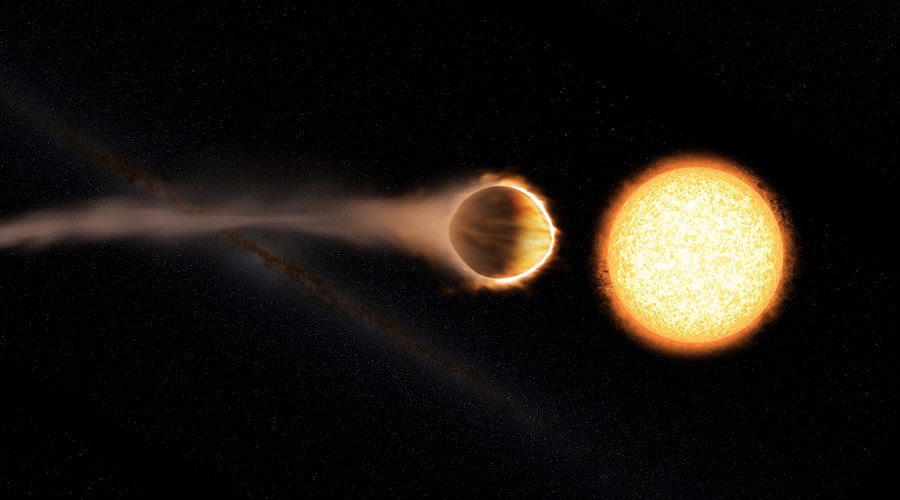OF THE
TIMES
We'll know our disinformation program is complete when everything the American public believes is false.
Sure, it is all for Israel........
Comment: Biden is a pathological liar ... Thus the perfect candidate for the POTUS job. Especially since his brain is already mostly dissolved...
The monsters are loose, people are cowering, the brave can't stand up fast enough. Time to do just that, or die. Sadly it's a matter of having the...
Who dropped a worthless turd on truth? NPR should never have been funded!
As usual, we are all being played for fools. Nothing has changed since Eisenhower.
To submit an article for publication, see our Submission Guidelines
Reader comments do not necessarily reflect the views of the volunteers, editors, and directors of SOTT.net or the Quantum Future Group.
Some icons on this site were created by: Afterglow, Aha-Soft, AntialiasFactory, artdesigner.lv, Artura, DailyOverview, Everaldo, GraphicsFuel, IconFactory, Iconka, IconShock, Icons-Land, i-love-icons, KDE-look.org, Klukeart, mugenb16, Map Icons Collection, PetshopBoxStudio, VisualPharm, wbeiruti, WebIconset
Powered by PikaJS 🐁 and In·Site
Original content © 2002-2024 by Sott.net/Signs of the Times. See: FAIR USE NOTICE

Reader Comments